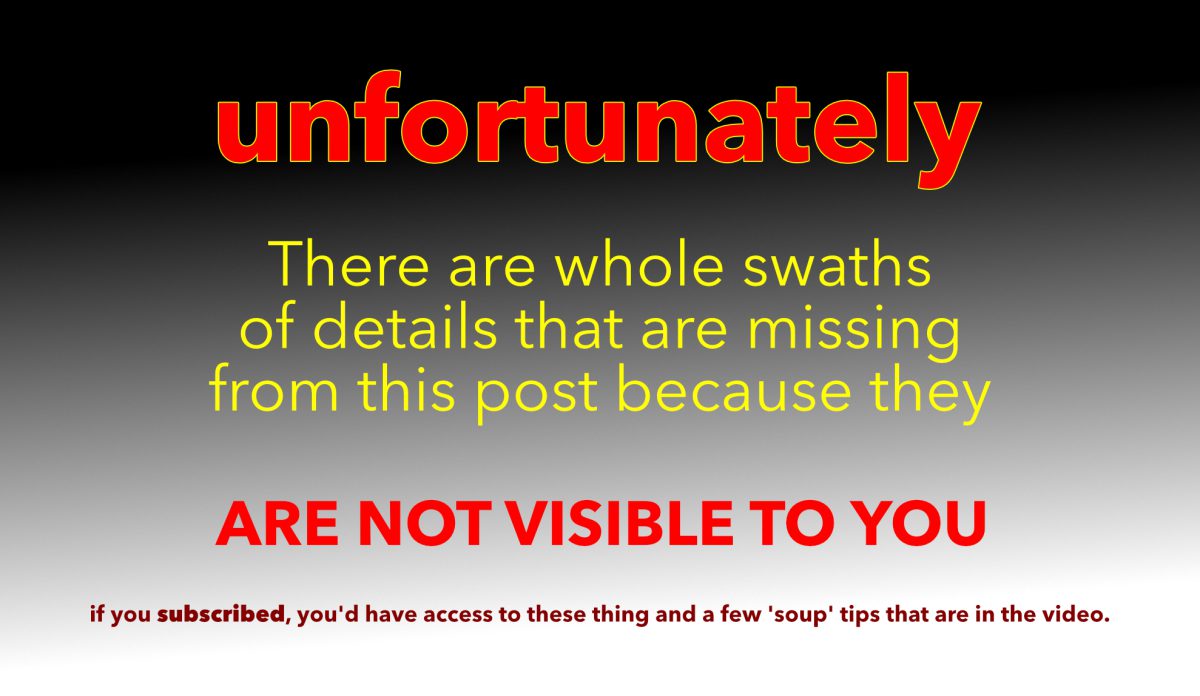When we see or hear the word Boleo, there’s usually one specific idea that comes to mind, and only that idea. There’s a reason for that, and that’s because one might consider that specific idea to be the ‘Common’ Boleo. Which inadvertently leads one to an inescapable conclusion that there is only one type of Boleo. And that would be an error. A monster error. There are in fact multiple variations on two very specific themes in Boleos. The first is the what you might think of as the “Common Boleo” and that’s the Contra Boleo. Contra meaning that it goes against the direction of the led dancer. And the second is the less common but still very relevant idea of the “With” Boleo. There is a commonly held idea that all Boleos are Contra Boleos, and that’s not entirely true especially when it comes to the ‘With’ variety of Boleos. Each one of these variations on a theme have their types of boleos that we’re familiar with. Tango Topics has coalesced around 3 common ideas of the Boleo: The first is the Social Boleo. This has already been detailed in a previous posting. Typically these are commonly Contra Boleos, but can also be done as With Boleos as well. Then there is the Boleo that you are very familiar with and that’s what’s called a Circular Boleo. And last but not least is an idea that doesn’t get a whole lot of action but has lots and lots of variations on a theme, and that’s the Linear Boleo. In today’s Tango Topic we will discuss the common Circular Boleo first and foremost. So without further adieu, Tango Topics presents it’s variation on a theme: The Circular Boleo.
A little back story: The word Boleo (pron: Boh-Lay-O)comes the root Spanish word “Bolear” which roughly translates into English as “To Shine” or “To Throw”. Boleo is the first person singular, meaning “I throw” or”I shine”. From a Tango perspective we view this as a very specific piece of Tango vocabulary that is nothing short of gob stopping when executed properly, and in time to the music, and typically one very specific type of Boleo, which is the High Circular Boleo. That’s the one that most people think of when they hear the word Boleo. The Boleo is in it’s simplest definition, is one Tango’s four displacements: 1.) Ganchos. 2.) Wraps or Enganches. 3.) Sacadas. 4.) Boleos. The boleo barely classifies as a displacement here because typically the displacement is when the Lead generates a displacement they tend to take the place of where the Follower was in the displacement. In the Circular Boleo, that’s not entirely true and that has everything to do with a tool that we want to engage known as the Rebote Principle. We’ll get to what that means in a bit.
What is a Circular Boleo ? Firstly there are many varieties of Boleos. Tango Topics is only talking about 3 very common ones: Social, Linear, and today’s topic: The Circular Boleo. To be clear there are low circular, midrange circular, and then there are the one’s that everyone thinks of when they hear the word Boleo: The High Circular Boleo. So what is it ? This is a lifting of the leg (Lead or Follow, typically though it’s the Follower’s leg) that tends to curve (hence the circular part) up and sometimes around the Lead. This is why they’re called “Circular” Boleos. In this version of the Circular Boleo, we’re exploring a Mid-Range Circular Boleo or what Tango Topics refers to as a Mid-Height Circular Boleo.

What’s the difference between a High Boleo and a Mid-Range ? The difference is in it’s application within the Line of Dance. In a High Boleo the Follower is reaching for the stars, as it were, trying to get their leg as high as possible in response to what’s being led. Typically there’s a tiny little problem with this idea. a.) They tend to be rather painful, if you haven’t done the necessary exercises to help with extending one’s leg that high into the air. b.) They tend to disrupt the line and lane of dance because they’re misled in the wrong place (tsk, tsk, tsk). The Follower and the Lead in question quite literally forget for an instance that the Follower is in 3 in. heels for just an instant. And that instant is all it takes for there to be blood on the floor, and someone’s heel impaled into someone’s body parts! So the Circular Boleo that we’re talking about today is a mid-height boleo and doesn’t or shouldn’t really be too energetic or too high. It’s just above waist hight and a little beyond.

About The Video. This video is 2hrs:26m:20s in length in 11 sections. Both lead and follower vocabulary is combined and integrated in the video. There are two sections devoted specifically to the Technique that is required for both roles for nearly all Boleo types.
Boleo Exercise – 00:14:43
The Free Leg Exercise
The Controlled Leg Exercise
Common Errors – 00:18:37
5 Common Follower Errors
2 Common Lead Errors
Follower Technique – 00:24:46
The Walking Steps Reminders
Follower Linear Ochos
The Follower’s Appreciation Step
Basic Boleo Technique
Striking The Match
Social Boleo Technique
Circular Boleo Technique
The Follower’s Rebote
Follower Posture
Follower Leg Control
Lead Technique – 00:28:34
The Lead’s ‘Lead’
The Timing Issue
Setting Up The Contra
Setting Up The With
Linear Boleo Technique
Frozen Boleo Technique
Close Embrace for Boleos – 00:11:29
The Floating Embrace
Bumper Car Ochos
Close Embrace with Circular Boleos
The Rebote Principle – 00:05:15 (shown above)
Deeper Contra/With Boleos – 00:16:28
Contra Clarity
With Boleo Clarity
Deeper Rebote Principles
Contra & With Boleos Together At Last
Embrace & Posture Reminders
Circular Boleos – 00:15:31
Contra Circular Boleos
Contra Boleos
With Circular Boleos
With Circular from Forward Linear Ochos
Contra & With Circular Boleos
Boleo Examples – 00:10:57

